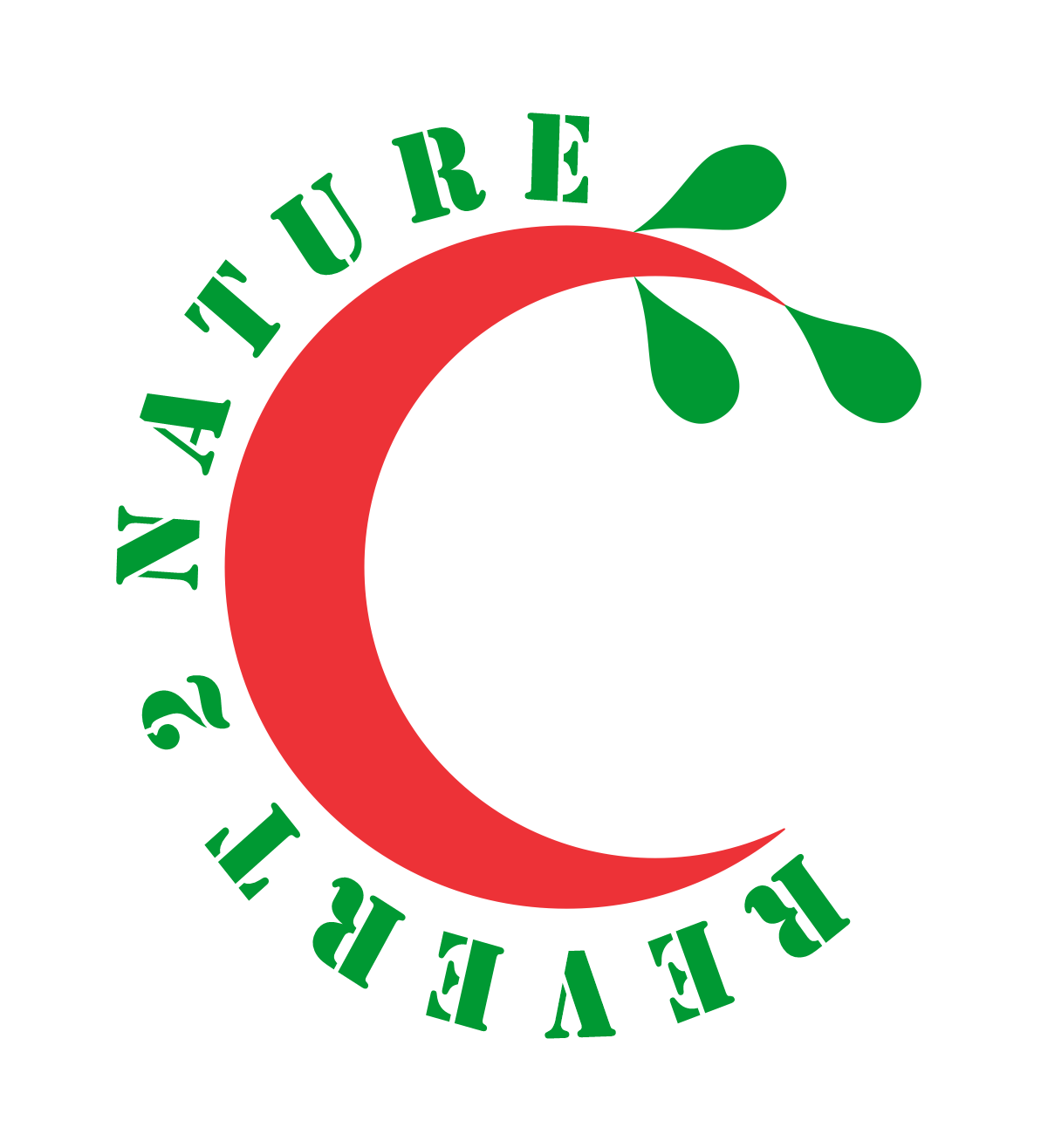Definitions
Definitions (Pharmacognosy-I)
This chapter is prepared for PharmD students in accordance with the officially endorsed curriculum in Pakistan.
Adsorbent: An adsorbent is a substance that binds to toxins and bacteria in GIT to help the elimination of these substances in feces. Adsorbents are also used to treat some types of infectious diarrhea. Examples: Activated charcoal, honey, etc.
Aphrodisiac: An aphrodisiac is any substance, food, or drug that is believed to stimulate sexual desire, increase libido, or enhance sexual performance. These substances can act through various mechanisms, such as increasing blood flow, affecting hormone levels, or triggering psychological responses. Examples: Ginseng, musk, tribulus, etc.
Antispasmodic: A drug/crude drug that relieves or prevents spasms/cramps, especially of smooth muscle (smooth muscle of GIT, urinary tract, and female reproductive system), and relieves pain. Examples: Fennel, coriander, ginger, etc.
Astringent: Astringents are substances that cause the contraction of body tissues, typically by precipitating proteins. For example, when we eat jamun, it precipitates proteins of saliva and causes mouth dryness (because jamun contains tannins). Tannins are commonly used to reduce bleeding from minor abrasions, tighten pores, or reduce oiliness of the skin. Astringents help reduce bleeding and promote healing of minor wounds by causing the contraction of tissues and blood vessels, limiting the blood flow to the affected area.
Carminative: A drug/crude drug that helps relieve gas or flatulence from the digestive system by preventing the formation of gas or aiding in its expulsion. Examples: Peppermint, ginger, fennel, coriander, etc.
Cathartic: Cathartics are medications that have a stronger effect than purgatives, causing the evacuation of the entire colon, usually in the form of watery and unformed stool. Cathartics accelerate defecation, making urgency to defecate sooner. Examples: Cascara (jamal ghota), senna, etc.
What is the difference between a “laxative” a “cathartic” and a “purgative”?
Counter irritant: A counterirritant is a substance that, when applied to the skin, causes mild inflammation or irritation in order to relieve pain or discomfort in underlying muscles or joints. The idea behind counterirritants is to create a distracting sensation on the skin that masks or diminishes the perception of deeper, more persistent pain. This effect is often referred to as “counter-irritation,” where the external irritation draws attention away from internal discomfort. Example: Capsicum.
Demulcent: A substance that forms a soothing and protective film over mucous membranes to help relieve irritation and inflammation. Demulcents are typically used to treat conditions involving irritation of the throat or digestive tract. Example: Honey.
What is the difference between a “demulcent” and an “emollient”?
Emollient: A substance that forms a soothing and protective film over the skin to help trap moisture and reduce water loss. Emollients are commonly used to treat dry, rough, or irritated skin conditions, such as eczema. Examples: Honey, aloe vera, cocoa butter, etc.
What is the difference between a “demulcent” and an “emollient”?
Expectorant: Medication that helps clear mucus and phlegm from the airways, bronchi, and lungs, making it easier to cough up. An expectorant is used to relieve productive cough. Examples: Glycyrrhiza, sanguinaria, etc.
Irritant: An irritant is any substance that causes discomfort or local inflammation when it comes into contact with the skin, mucous membranes, or other tissues. In some traditional therapies, irritants were used to trigger localized inflammation with the belief that they would draw out toxins or relieve deeper pain by causing surface irritation. Example: Cantharides.
Laxative: Laxatives are stool softeners or bulk-forming agents that make defecation easier. They are also used to treat constipation. Example: Ispaghula husk.
What is the difference between a “laxative” a “cathartic” and a “purgative”?
Purgative: Purgatives are medications used for purging the bowels, i.e., complete evacuation of the bowels. Purgatives cause strong bowel movements and make you empty your bowels. They can be used to prepare for medical procedures (like colonoscopy) or to treat severe constipation. Example: Senna, castor oil, etc.
What is the difference between a “laxative” a “cathartic” and a “purgative”?
Rhizome: Underground stem is called rhizome. A rhizome is a modified plant stem that grows underground and horizontally, sending out roots and shoots from its nodes. Examples: Ginger, turmeric, etc.
Rubefacient: A rubefacient is a substance that causes redness of the skin by dilating blood vessels and increasing blood flow to the area. Rubefacients are used to relieve muscular pain or stiffness by improving local circulation. Examples: Capsaicin (obtained from red chili), cantharides, etc.
Vesicant: A vesicant, or ‘blistering agent’, is a type of irritant that causes blisters on the skin or mucous membranes. Vesicants are used in dermatology for controlled blistering to remove warts and other skin lesions. Example: Cantharides.
THIS CHAPTER IS BEING UPDATED REGULARLY AND MORE DEFINITIONS ARE BEING ADDED
